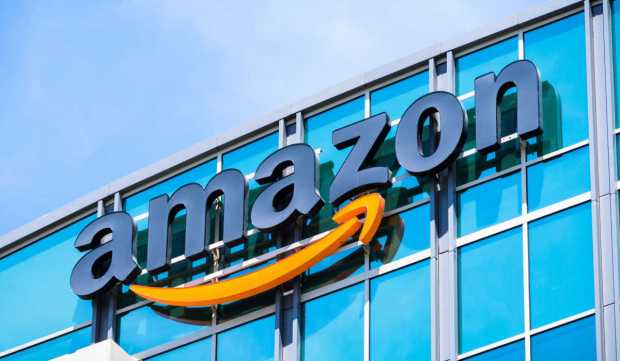Amazon Tightens Its Belt as Consumers Do Too

It took more than two and a half years, but Amazon’s round trip is now complete.
This, as the eCommerce and cloud computing giant’s double-digit, post-earnings dive Thursday evening (Oct 27) pushed its already battered stock price even lower, touching levels not seen since the COVID lows in March 2020.
While Amazon’s top line grew a respectable — albeit below estimates — 15% during the third quarter, strong dollar foreign exchange headwinds and rising expenses simply devoured most of its profits, leaving the company with razor thin margins and very little to show for 90 days’ work.
“As we’ve done in similar times in our history, we’re taking actions to tighten our belt,” Amazon CFO Brian Olsavsky told analysts, before pointing to unspecified corrective actions such as “pausing hiring in certain businesses” or “winding down products and services” where Amazon believes its resources would be better spent elsewhere.
As for a fast fix in the all-important holiday quarter, Olsavsky told investors that wasn’t likely, noting the company’s lowered Q4 forecast was the results of its expectation that the challenging global economic environment and forex headwinds that just crimped Q3 sales by more than 5% would be at least as harmful going forward.
The news did not sit well with investors who have now seen the tech giant’s stock drop more than 40% in a year and its market value slip below $1 trillion — down from $1.9 trillion at its peak last November.
“Driving operational efficiency improvements and accomplishing more with less,” was how Olsavsky characterized the game plan for Q4 and beyond.
More With Less
As much as Amazon said it is obsessed with the customer experience and making “their lives better and easier every day,” repairing the investor experience would seem to be an equal — if not more difficult — consideration.
This, as the company continues to pile on the Prime perks to expand its already massive 50+ percent share of online retail sales in the U.S. in an effort to keep members happy and coming back for more of the one-click, free delivery deals that have made Amazon the juggernaut that it is today.
By all accounts, the customer experience is good and loyalty remains high — but something clearly has to give as Amazon’s formula and expanding stable of blockbuster movies and media content, its coverage of NFL games, growth of palm reading cashierless stores, and expanding ecosystem of voice-powered Alexa devices are individually delightful but collectively unsustainable.
Said another way, Amazon spent $124 billion over the past three months en route to generating $127 billion of worldwide revenue, leaving it with just $2.5 billion of operating income to show for all of that effort. Along the way, its margins have gone from 6.8% at the start of 2021, to 3.2% at the beginning of this year, to just 2.0% at the end of September, and presumably lower still as it winds down the year in peak promotional fashion.
The Consumer Belt-Tightening Blow
Certainly there is ample room and many large targets where Amazon could — and will — seek to accomplish “more with less,” but that process of squeezing efficiency out of the greater system is not likely to be easy or feel nice for customers or its 1.5 million employees.
To be sure, belt-tightening is never fun, but that process is being made even more difficult at Amazon, at the moment, given the fact that it will be happening concurrently with a similar phase of budgetary constraint that households and businesses are undergoing.
“The continuing impacts of broad-scale inflation, heightened fuel prices, and rising energy costs have impacted our sales growth as consumers assess the purchasing power and organizations of all sizes evaluate their technology and advertising spend,” Olsavsky cautioned in speaking to the trend of a slowing top line growth rate.
So, as much as Amazon has economic, spending and forex problems to deal with, the retail giant is also getting pinched by increasingly cautious consumers now too. That reality marks a major shift from the optimistic message the company delivered in late July’s Q2 report, when it told investors it “wasn’t seeing some of the pressures that other people are seeing right now.”
Today, amid darkening economic clouds and its roundtrip of pain completed, it’s March 2020 all over again at Amazon — and the battle with rivals is about to get tougher.
